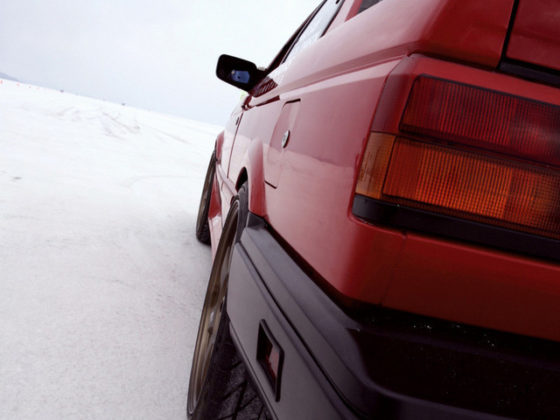,
Once you have determined your optimal tire pressure for best traction, you can experiment with tire pressure to balance the car, such as raising your rear tire pressure if your fwd drive vehicle seems to over steer, and vice versa. Raising the front tire pressure can counter under steer. To gain traction, increase tire pressure until the center of the tread becomes hotter than the rest of the tread according to your pyrometer or when you get no tread rollover onto the corner of the tire at all via the shoe polish method. When this point is reached you have to reduce tire pressure at the opposite end of the car that has too much grip. Remember its better to try to increase the grip on the end of the car that needs it before you reduce grip at the opposite end to balance the car. Proper tire pressure can improve the handling of your car ten fold. Hopefully, you’ll be able to master how to adjust your tire pressure with this advice!




3 comments
What is the actual relationship between grip and tire pressure? Some say that in order to increase grip you should decrease your tire pressure to increase the contact patch, but others say that in order to increase grip, you should increase your tire pressure (presumably to decrease your slip angle). When do I increase my tire pressure for more grip or decrease it for more grip and how does the race conditions change this (wet, gravel, snow, hot tarmac, etc.)? Any help is appreciated.
It really depends on the tire and the suspension.
For straight line acceleration lower pressure. For cornering grip the pressure vs grip relationship is negative parabolic with the pressure at the vertex being optimum. To increase grip you increase pressure if your current pressure is below optimum, conversely decrease pressure if your current pressure is above optimum. So before making adjustments, you have to first determine if you’re currently above or below optimum pressures. Find your optimum pressure using the methods described in the article (i. e., tread temps or marking sidewall).